Higher Aspirations: Atomizer-Based Devices for Liquid Precursors
Steve Hanson
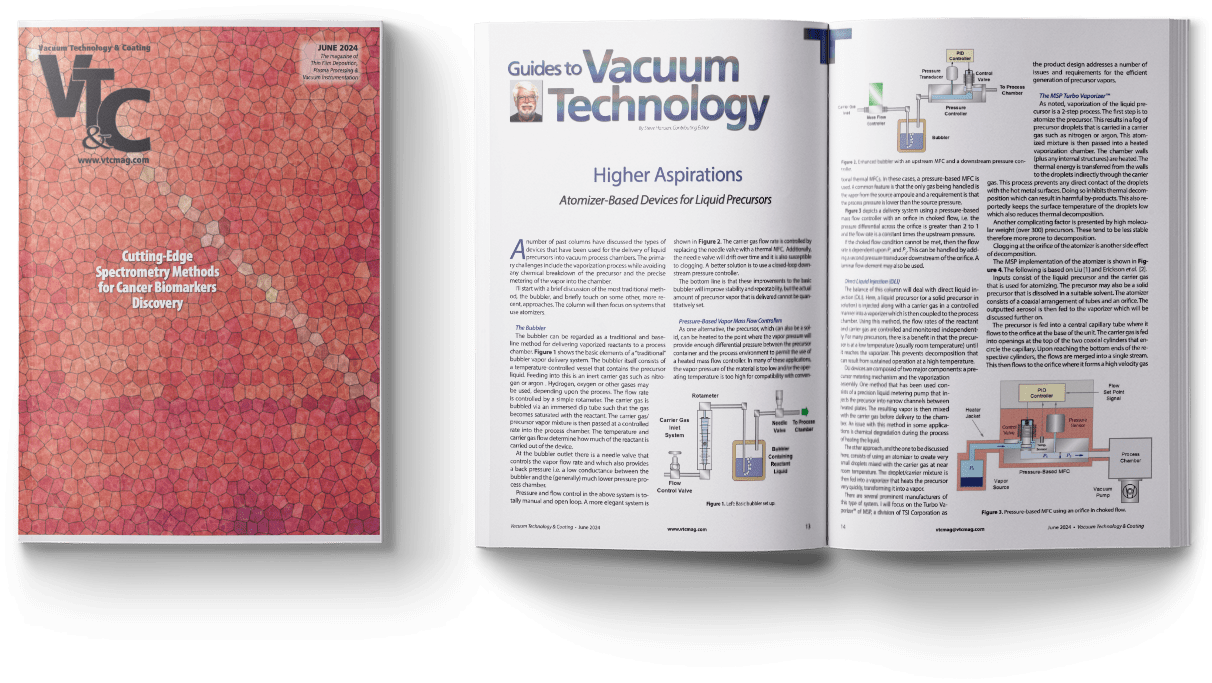
The National Institute of Standards and Technology (NIST) developed a quantum-based vacuum gauge – a cold atom vacuum standard (CAVS) device – that eliminates the shortcomings of conventional vacuum sensors. VAT all-metal vacuum valves – using durable VATRING technology – provide the necessary precision and reliability required by the innovative CAVS device for UHV/XHV product processes. "As one of the oldest physical science laboratories in the USA, the NIST doesn't get into the news much," says Joshua LeBeau, Regional Sales Manager for VAT. "That's surprising, because providing a state-of-the-art measurement infrastructure is critical to innovations needed for future smart power grids, advanced nanomaterials, semiconductor chips and more."
Fastener manufacturing is a multi-step process that includes (in a nutshell) material selection, forming, threading, heat treatment, surface treatment, inspection, testing, and finally, packaging and shipping. When it comes to the threads, they are typically created through one of two processes – either rolled or cut. What is the difference, and how does the way the threads are created affect your application? What are rolled fastener threads? Rolled fastener threads are created through a process that involves deforming the material of the fastener, typically metal, by rolling it between two dies that have the negative profile of the desired thread shape.
The B-RAX 3000 series are InstruTech’s generation of three channel vacuum gauge controllers capable of operating one ionization gauge (IG) and two convection enhanced pirani gauges (CG). Standard features include three analog outputs, six setpoint relays, remote Digital I/O, RS232 and RS485 serial communications. B-RAX 3500 is capable of operating one InstruTech CC606 or CC605 cold cathode inverted magnetron ionization gauge and two InstruTech CVG101 convection vacuum gauge sensors, providing pressure measurement range from 7.50E-11 to 1,000 Torr.
The PREVAIL project will establish and start operating the core of a networked, multi-hub platform providing prototype chip fabrication capability in advanced technology to EU stakeholders for Artificial Intelligence applications. PREVAIL is supported by the Digital European Programme. Our consortium includes four major European RTOs: CEA-Leti, imec, Fraunhofer, and VTT. We will build on our advanced 300mm fabrication, design, and test facilities in a coordinated and complementary fashion to create a new multi-hub Test and Experimentation Facility for edge AI Hardware.
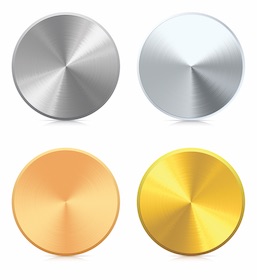

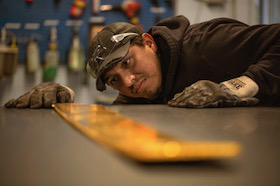
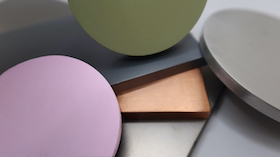
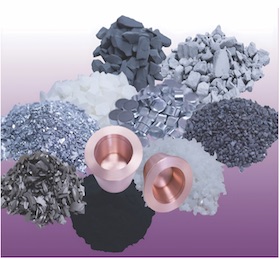
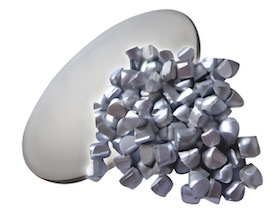

Since 2000 Vacuum Technology & Coating Magazine has been the industry's leading source for the latest articles, news, and product and service information. Below we describe some of the terms that you will find in a typical issue of VT&C.
Vacuum Coating (Vacuum Deposition and Thin Film Deposition) is the process of depositing a film or other material atom by atom or molecule by molecule onto a surface in a low pressure environment or vacuum.
Physical Vapor Deposition or PVD refers to vacuum deposition methods which involve the material (which is being deposited) going from a condensed phase to a vapor phase and then to a thin film condensed phase. Sputtering and evaporation are common PVD processes.
Sputtering refers to a type of process used to deposit thin films and employs a plasma to bombard and eject atoms from a target source.
Evaporation refers to the heated source material being evaporated in a vacuum. Vacuum allows vapor particles to travel directly to the target object, where they condense back to a solid state. (called a Deposition Source) refers to a type of process used to deposit thin films and employs a plasma to bombard and eject atoms from the target source (called a Deposition Source).
Vacuum Hardware refers to the types of hardware and components that are used in the vacuum process. There are many types of hardware used in this process, some examples are flanges, fittings, seals, valves, and chambers.
Thin Film Metrology involves determining the optimal thickness, composition and/or condition of a coating through various techniques and mathematical calculations.
Gas Analytical Systems are used in the analysis of residual gases within a low pressure environment or vacuum.
Vacuum Pumps are devices that remove gas atoms and molecules for the purpose of leaving behind a partial vacuum. Some examples of types of vacuum pumps are rotary vane pumps, diaphragm pumps, and scroll pumps.
Every issue of VT&C includes a product showcase focused on a specific topic relevant to Vacuum Processing, please see our editorial calendar which lists the topic for each issue.